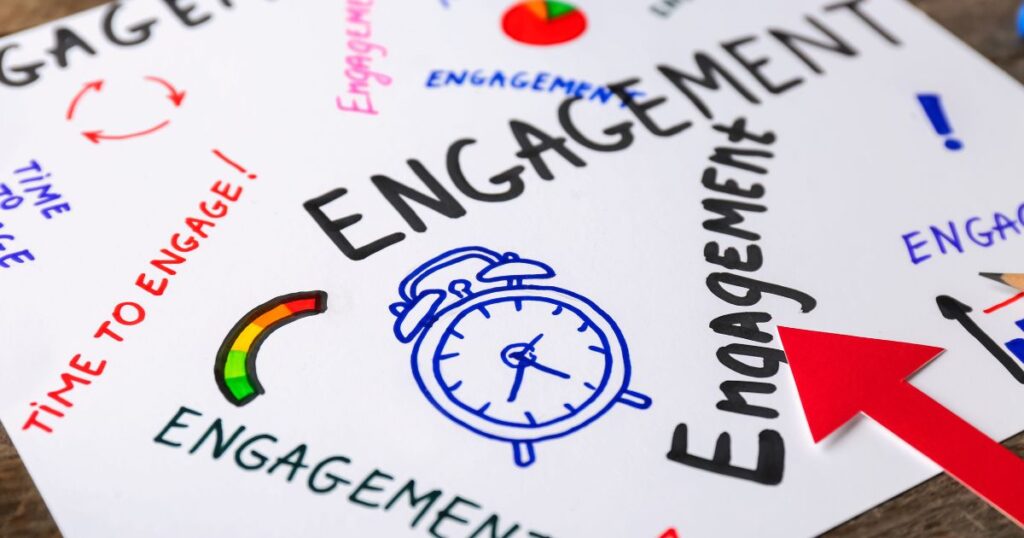
How to Develop a Learning Framework
The old playbook says, “Get a list, pack it in slides, present it, and it’s done.” That’s how most organizations approach their learning programs. Like a PowerPoint deck, they’re linear, filled with bullet points of what ‘should’ be learned, and sealed with a test at the end. Neat and orderly.
But is it effective? Is it learning?
Consider this: What if, instead of a deck of slides to be shown, we’re building a skyscraper of skills and insights? What if our learning programs were less about ticking boxes and more about constructing edifices of expertise and knowledge?
Who is this learning framework for? That’s the foundational stone. Not just for the organization, but for the individuals—the flesh and blood who will stand upon these blocks to reach higher.
And the next question is pivotal: What change are we seeking to make? If we’re not looking to shift understanding, to alter behavior, to enhance ability, then what’s the point? A framework without change is just an ornament, not an engine.
So we come to the blueprint. What did our learners believe before this framework? Where are their gaps, not just in knowledge, but in belief and in action? And after they’ve experienced our learning program, what will they believe? What will they do differently?
This is the construction of learning with intention, not with a template.
Every element of your learning framework, like the choices you make in a slide deck—font, size, imagery—is a brick in your structure. The colors of the blocks aren’t just for aesthetics. They’re there to attract, to hold attention, to be remembered. They serve a purpose—to reinforce a concept, to make a connection, to solidify a change.
Your sequence of lessons, like the progression of slides, must build tension and anticipation. It’s a journey you’re taking your learners on, where each step is deliberate, aiming for that ‘aha’ moment when the pieces click into place.
It’s tempting to use the learning framework as a cover, a proof of effort, to say, “Look, we’ve taught them.” But that’s aiming too low. It’s settling for participation trophies in a game where mastery is the prize.
Remember playing with blocks? Stacking them, experimenting, seeing how high you could go before they toppled? That wonder, that trial and error, that learning through doing—that’s the spirit to imbue in your framework.
The process of developing a strategic learning framework should mirror the magic of building with blocks. It’s a process filled with experimentation, curiosity, and, yes, the possibility of toppling over. But with each rebuild, comes stronger designs and smarter architects.
As you craft this framework, ask yourself: What’s the architecture of the change you’re building? How does each module, each task, and each assessment stack up to not just inform but to transform?
The font, the grammar, the pictures—they’re not just for show. They’re the language of learning. They tell your team that this matters, that it’s crafted, that it’s worth their time. And the arc of your program should tell a story that ends not with a period but with a comma, signifying an ongoing conversation, a continuous build.
Sure, you can use your framework as a ledger of what’s been done—a digital breadcrumb trail of your organizational journey. But what if, instead, you used it as a launchpad? What if it was the thing that propelled your team to think bigger, to act bolder, and to learn not just for the job but for the joy of it?
Most of us have forgotten the simple joy of learning we had as kids. Let’s bring that back. Let’s make our organizations not just places of work but gardens where ideas and skills flourish, where learning is as natural and as necessary as growth itself.
In the end, developing a learning framework isn’t about adding another floor to the same old building. It’s about pioneering new structures, crafting spaces where ideas can breathe, and where the future is built—one block, one learner, one breakthrough at a time.
Are you ready to pick up the blocks?




Responses